Although Fitbit is now owned by Google, it has continued to release watches in its name.
It’s not easy to see any difference from the outside if you compare the Fitbit Sense 2 with the slightly cheaper Fitbit Versa 4. It’s the interior that matters, it’s very beautiful and that’s exactly what, in combination with the different sensors, applies to both watches.
The Sense 2 2, just like the Versa 4, has a sleek, almost identical design. The bells are quietly square. By that I mean all sides are equal in length, but the corners are gently rounded. This applies to both the enclosure and the connection. There is only one button and it is located on the left side. On the right is the speaker.
Really good and bright AMOLED screen. Colors are crisp and feel vibrant. However, there is a black stripe between the dial and the case. However, the screen looks quite large thanks to the smooth square shape.
The edges and the underside of the case are made of aluminum, which gives a somewhat more luxurious look. The bracelet is made of soft silicone and two lengths are included. The color scheme is not immediately striking and differs from the Versa 4. There are a total of three color combinations for the Sense 2. The case has a matching color and bracelet – gray / black, gray – white / gray and light blue / gold.
The waterproof sticker is confusing. There is a very good but complex IP system at the same time. For watches, the counter system is often used, which is confusing. The Sense 2 can handle 50 meters (5 ATM). I won’t go into what this actually means, but the important thing is that you can swim with the watch on your arm.
The Fitbit Sense 2 has a reasonably long battery life of up to six days. This time of course depends on the scaling variables you collect in the background, among other things. The watch also supports fast charging.
Sense 2 contains several sensors to measure the variables needed to measure health conditions and reactions to physical activity. Perhaps not the most interesting thing for the majority of users is the availability of sensors. What is important is how and why the measured values are used and how the data is presented.
However, a small review in order. Of course, the Sense 2 has the basic sensors measure heart rate and oxygen saturation. Unlike the Versa 4, the Sense 2 has a skin temperature sensor not found on the Versa 4. It uses cEDA (Electrical Skin Electrical Activity), among other things, to measure stress levels. The measurement can be done continuously in the background. Sense 2 has built-in GPS for measuring distance among other things. It should also work in water, but I haven’t tested that. In addition, the Sense 2 has an altimeter.
Google has its own operating system, among other things, for watches – Wear OS. Oddly enough, their operating system is not implemented in Fitbit watches. Instead, Fitbit communicates with its own operating system. It’s a shame because there are more, especially third-party apps, for Wear OS.
There are many good health-oriented apps for Sense 2, but not many for those interested in things other than health. There is some interaction with your mobile phone in the form of watch notifications and calls (Android only). Your mobile phone must be close to you. It’s also possible to pay with Fitbit Pay, but not yet Google Wallet (coming in the future).
Those who want to make their watch more personal can be happy that there are a few dials to choose from. Some are simple and some are extensive. For example, there is the option to use your own photos and choose what type of data should be displayed on the dial.
There is a lot to be happy about on the health side. There are data analysis capabilities from around 40 sports, not only running and walking but also more exotic sports like kickboxing and climbing. Sense 2 has more to offer than Versus 4. You mentioned cEDA. Another function is the simple EKG. Personally, I doubt this functionality – does it really work as it should? Sense 2 also has a deeper analysis of your stress level.
Do you want to be encouraged to train to raise your heart rate? That’s exactly what Fitbit’s Active Zone Minutes aim for – measure your heart rate elevation zones. The follow-up training was also detailed.
Sleep is an important part of health. The watch has ample capabilities to analyze your sleep and see if you have any chances to improve it. Unfortunately, part of the sleep part is on a paid subscription – Fitbit Premium. You get a six-month subscription when you purchase the watch.
The premium part also contains, among other things, guides, challenges, video exercise instructions and not the least an extended part on stress and how you can affect it.
Since Google owns Fitbit, Fitbit watches have to be filled with Google apps. This is not the case. As said, Google Wallet is missing. As well as Google Maps. This should arrive soon. You also can’t use the Google Assistant, only Amazon Alexa.
If you are interested in health and different activities, Fitbit Sense 2 is a very good choice. There are many considered features. However, the watch is not suitable for the everyday user who is not concerned with health either. Namely, there are a limited number of applications. If you’re interested in the Fitbit Sense 2, keep in mind that the difference in the Fitbit Versa 4 isn’t much. Maybe Fitbit Versa 4 is enough?
The good
- Well designed
- Fairly many forms of exercise
- So much about health
- good screen
- elegant tablets
- A very good buy for those who love health
- The stress and sleep part is really good
bad
- Some features require a premium subscription
- Where are Google Maps, Google Wallet, and Google Assistant?
- Few apps
- If you don’t need the health part, Fitbit Versa 4 is a better buy
- Electrocardiogram – does it work well?
8

“Entrepreneur. Freelance introvert. Creator. Passionate reader. Certified beer ninja. Food nerd.”





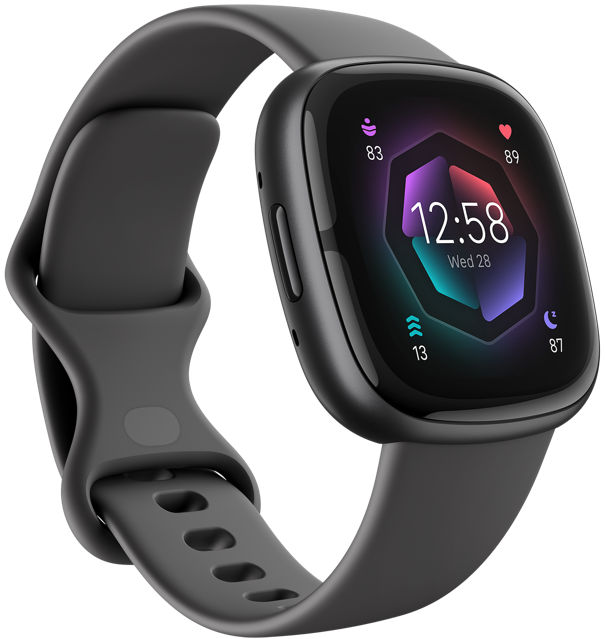
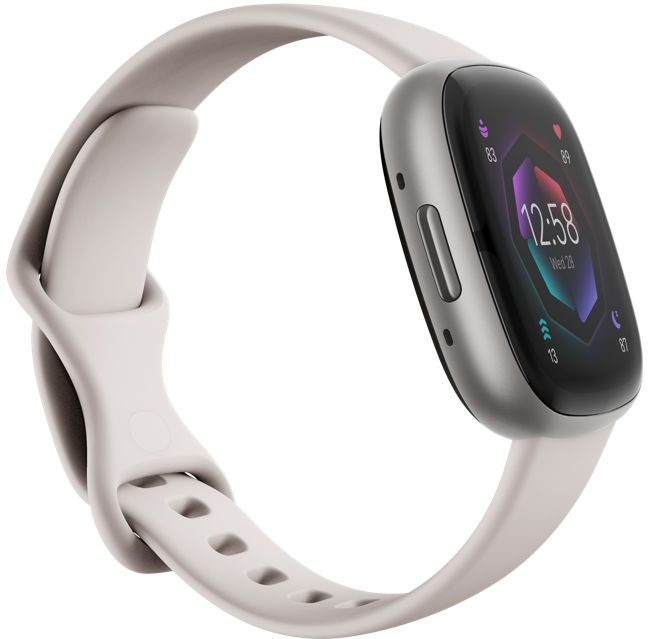
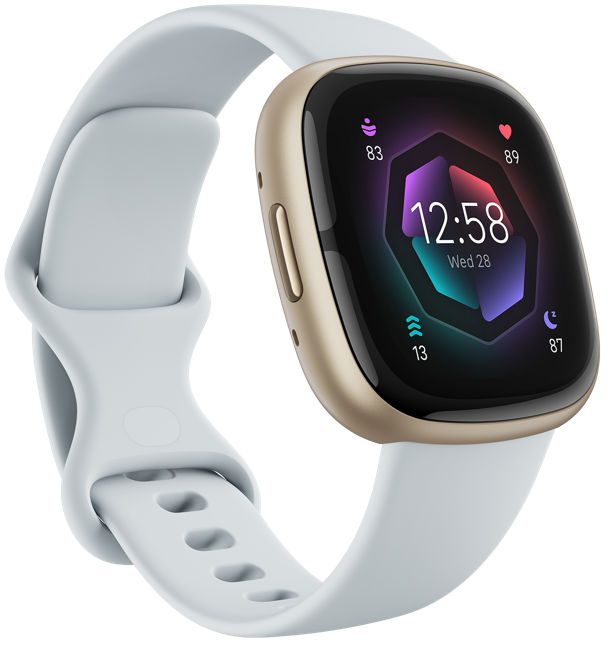

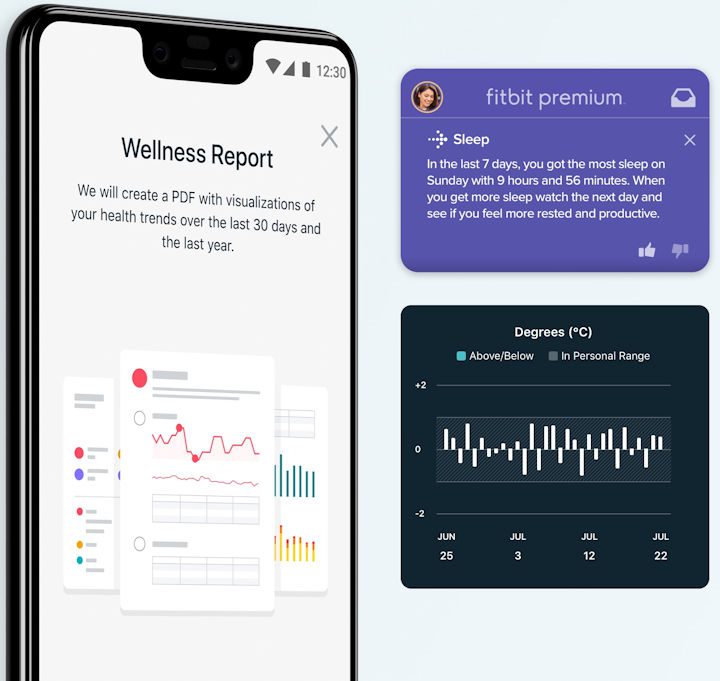
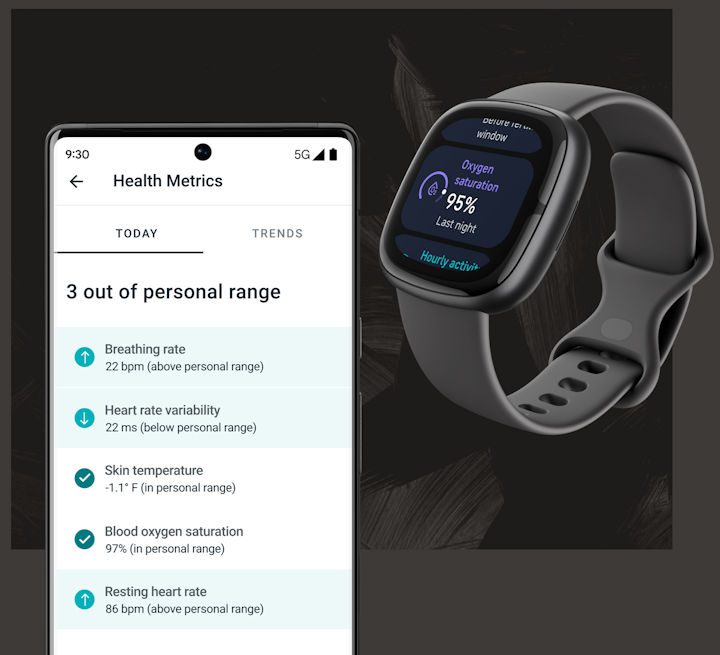

More Stories
Logitech Steering Wheel News: New Steering Wheels, Gear Lever, and Handbrake in Direct Drive Series
Garmin Launches inReach Messenger Plus App
Why Rare Earth Metals for Electric Cars Are Crucial for Modern Mobility